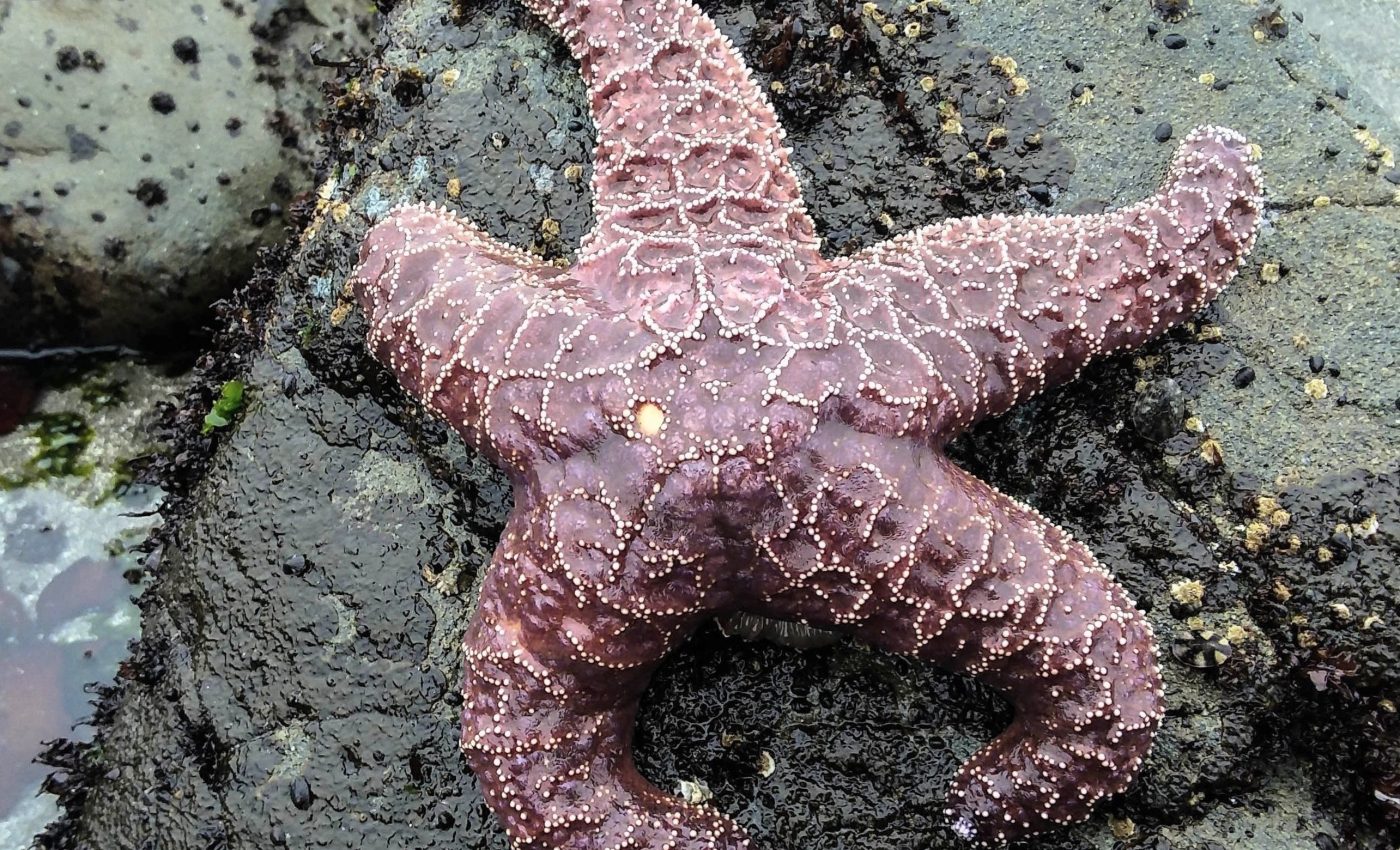
Sea stars rebound in a mysterious 'baby boom' after deadly disease
The Oregon Coast is alive again. A decade ago, ochre sea stars nearly vanished after a deadly outbreak. Tide pools once full of color turned quiet. Now, the tide is shifting once more.
Scientists from Oregon State University and Cal Poly San Luis Obispo have found that these sea stars are returning fast and strong. Their comeback shows how quickly life can rebound after disaster.
Deadly outbreak hits
The research, published in the journal Ecosphere, tracked eight coastal sites over 23 years. The team wanted to know why so many young creatures appeared after the population collapse.
Did the wasting disease somehow trigger it, or was it just luck? No one knows for sure. What’s clear is that the species faced a massive decline caused by a bacterial strain called Vibrio pectenicida.
Infected sea stars developed open wounds, twisted arms, and began to waste away. Whole populations disappeared almost overnight.
Sea stars on the rebound
“Wasting disease remains in circulation and populations continue to fluctuate, but there’s also much evidence that ochre sea stars are bouncing back,” said Sarah Gravem, who led the study.
Gravem began this work as a postdoctoral researcher at Oregon State University and now teaches at Cal Poly. In collaboration with OSU Professor Bruce Menge, she found encouraging signs of recovery along the coast.
“After declines in sea star numbers of up to 84% in 2014, we quickly saw an 8,000% increase in young sea stars landing on shore,” Gravem said.
The baby boom that followed helped restore population numbers to pre-disease levels at several sites. Some young sea stars are now full-grown adults. The tide pools once empty are filling up again with orange and purple arms gripping the rocks.
Balance returns to the shore
Ochre sea stars play a powerful role along the coast. They hunt California mussels, which can otherwise blanket the rocks and block space for other species. Without this predator, the intertidal zone loses diversity.
“Populations are now large enough that sea stars are on the way to resuming their role as a keystone predator in the intertidal zone; at three-quarters of the study sites, predation on their favorite prey, California mussels, has recovered,” Gravem explained.
That recovery matters. When sea stars eat mussels, they clear patches for crabs, snails, and seaweeds. Each new wave of predators opens space for new life. This ripple of change helps restore balance across the ecosystem.
Sea stars still struggling
Despite all the progress, recovery is uneven. Professor Menge has studied Oregon’s coast for decades and noted some differences.
“We showed that sea stars have now grown abundant and large enough that they are eating mussels at similar rates to before the epidemic at most sites in Oregon,” he said.
Still, most sea stars remain smaller than before the outbreak. Many populations swing up and down from year to year instead of staying stable.
Young recruits keep arriving, but disease still flares up from time to time. The community has not yet settled back into its old rhythm.
Mystery of sea star recovery
Scientists are still unsure what triggered the surge in young sea stars. “The connection between the sudden decline of ochre sea stars and the baby boom remains elusive,” Gravem said.
“It’s certainly possible they are linked, which would mean these sea stars may be resilient to mass mortality events. It is also possible that the baby boom was unrelated to the disease, and simple luck enabled this relatively rapid recovery.”
That mystery keeps researchers curious. Maybe the sudden loss of adults left open space for new recruits. Or perhaps environmental conditions just happened to favor survival that year.
Either way, the outcome brought a second chance for a species that was once on the brink of extinction.
Identifying the sea star disease
The culprit behind the outbreak, Vibrio pectenicida, was identified only recently. The infection causes lesions and body twisting until the starfish appear to dissolve. It’s one of the largest marine die-offs ever documented.
Understanding the cause gives scientists new tools to watch for future outbreaks. It also highlights how much ocean health depends on small, often unseen microbes.
The return of the ochre sea stars shows nature’s quiet persistence. The coast that once looked bare now glimmers with life again. Each new sea star signals recovery, not just for its species but for the entire shoreline.
The Oregon Coast still bears the scars of its past, yet the tide pools now whisper a different story – one of survival and slow, steady renewal.
The study also involved scientists from the University of British Columbia, the University of Washington, the U.S. Geological Survey, and the Hakai Institute.
The findings are published in the journal Ecosphere.
—–
Like what you read? Subscribe to our newsletter for engaging articles, exclusive content, and the latest updates.
Check us out on EarthSnap, a free app brought to you by Eric Ralls and Earth.com.
—–













